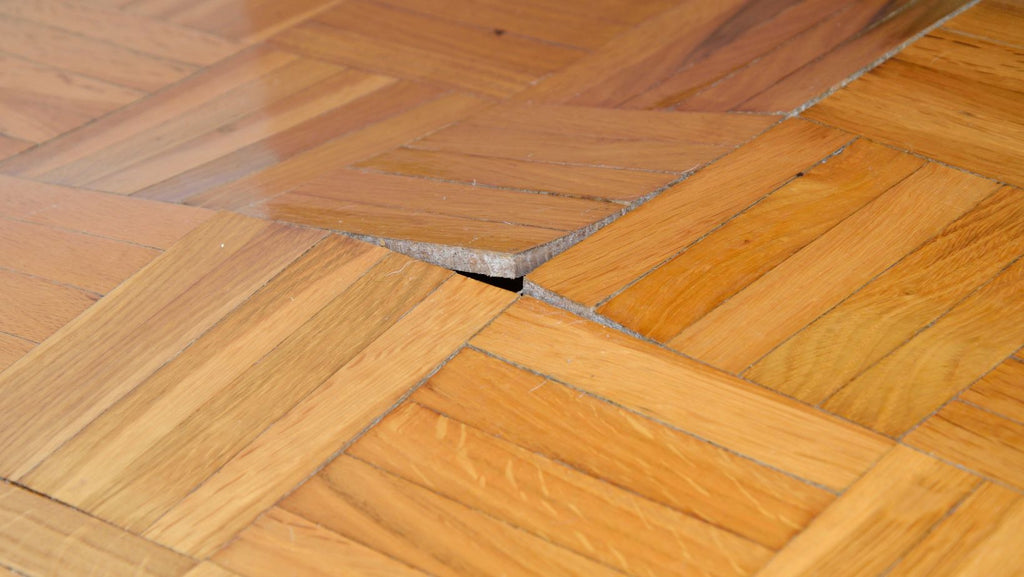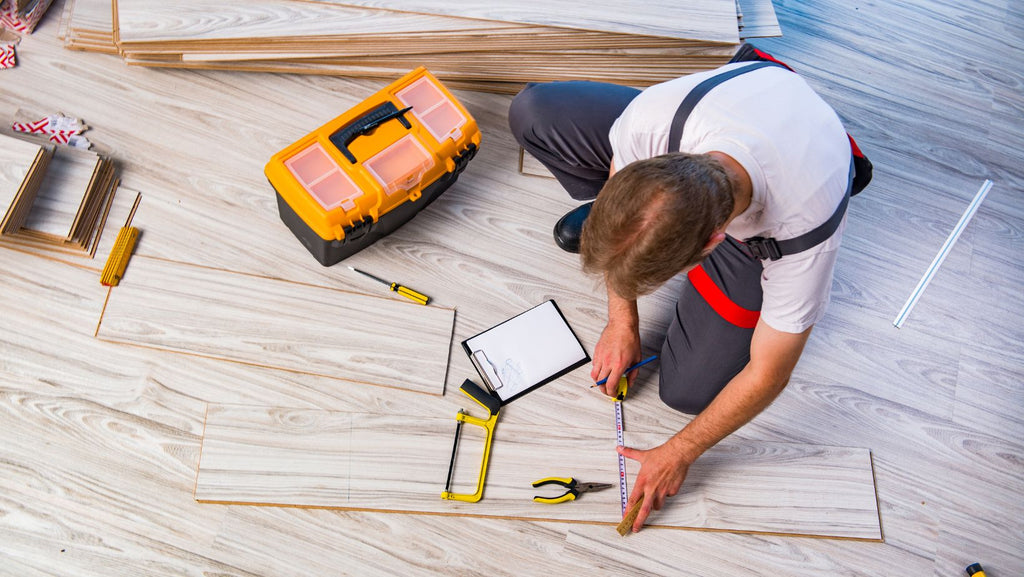Sagging floors can cause concern for homeowners, affecting both the aesthetics and structural integrity of a space. Fortunately, various solutions are available to address this issue and restore your floors to their former glory. In this comprehensive guide, we will delve into the causes of sagging floors, explore different repair options, and provide tips to help you choose the right solution for your specific situation.
Sagging Floor Warning Signs
1. Cracks in the Walls
When your floor sags, it can cause the entire wall to shift. If you observe subtle fractures traversing the plaster or drywall, it could signify an uneven floor in that particular room.
2. Window and Door Problems
Doors and windows sticking may only sometimes be attributed to dampness. Uneven floors can displace walls, leading to window and door frames needing to be aligned. Assess whether these difficulties are seasonal or persistent, and be attentive to cracks extending from window corners all the way to the floor or ceiling.
3. Sloping Floors
A noticeable tilt in your floors indicates an uneven surface.
4. Bouncy or Squeaky Floors
If your floors exhibit a slight noise as you walk, it suggests inadequate support underneath.
5. Uneven Space under Baseboards
The space between the bottom of the baseboards and the finished floor should be consistent across the room. If you notice an increasing gap in one corner, it's a clear indication of floor sagging. Properly aligned baseboard spacing helps identify and assess any unevenness in the floor.

Causes
1. Damaged Posts
In a typical room, the floor relies on long joists supported by a central beam and regularly spaced posts. If these posts undergo movement, decay, rot, or damage from dampness or wood-eating insects, the central beam may start to sag, causing the floor above it to dip.
2. Insufficient Support
Even if the posts supporting the beam are in good condition, having them too far apart or too few in number can result in inadequate support. Insufficient support may lead to bowing in the floor above as it lacks the necessary reinforcement.
3. Heavy Load
Introducing additional weight to the floor, whether through new appliances, large furniture, or structural enhancements like a fireplace, can exceed the intended load-bearing capacity of the floor joists. Overloading may result in the floor sagging under the increased stress.
Sagging Floor Repair
1. Professional Inspection
While you may attempt a self-inspection, it is advisable to hire a skilled expert for a thorough examination. A professional flooring specialist can identify the root cause of the issue and provide informed recommendations.
2. Joist Sistering
Although joist sistering is a task you can perform, hiring a professional is recommended. Sistering involves attaching a similar piece of wood to the sagging joists using bolts, nuts, and washers. This method reinforces the weaker joists. Adjustments to plumbing and wiring may be necessary during the process.
3. Metal Bridging Installation
Metal bridging, also known as X-bracing, distributes the weight among the joists. Check if the existing bridging is loose and secure it with nails. Additionally, purchase steel bridges matching the joist gaps and install them on either side of the existing bridging. If there is no bridging in the middle span, add a new row to enhance support.
4. Blocking Placement
To prevent sagging and bounce, tightly fit blocking perpendicular to the joists. Measure the distance between parallel joists, cut solid wood pieces to match the width, tap them in place with a hammer, and secure each block with nails on both sides.
5. Floor Jack Installation
Consider installing structural jack posts if sagging is due to poor structural construction. These support pillars can be gradually elevated to apply pressure on the sagging beams, helping to lift and stabilize the floor. For such structural adjustments, it is advisable to consult with a professional for safe and effective installation.

Being attuned to these signs of structural issues is key to ensuring the longevity and safety of your home. If you notice cracks, difficulties with doors and windows, sloping floors, or bounciness, it's crucial to investigate further and, if needed, seek professional assistance. By addressing these concerns promptly, you can maintain a structurally sound and aesthetically pleasing home environment for years to come.

